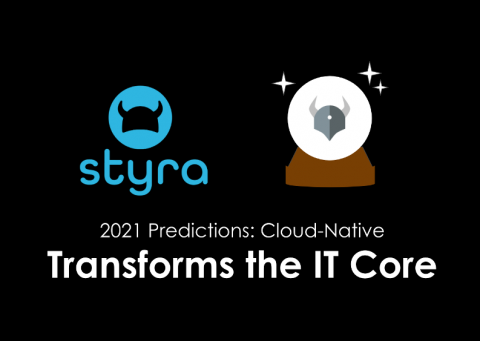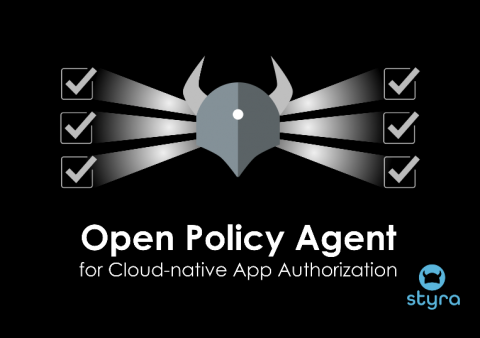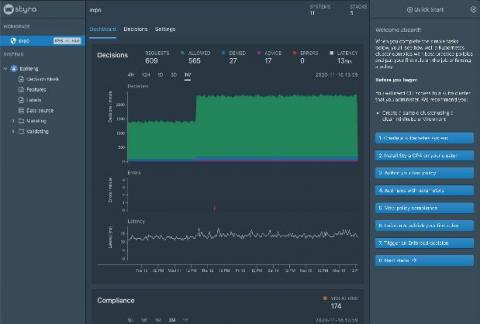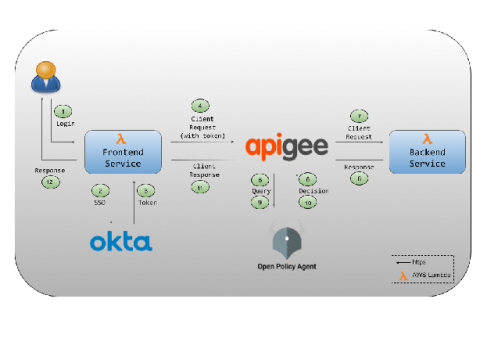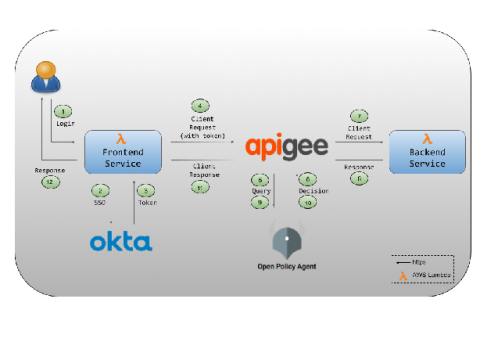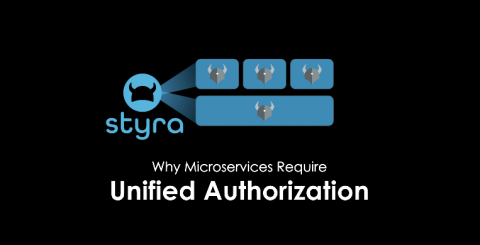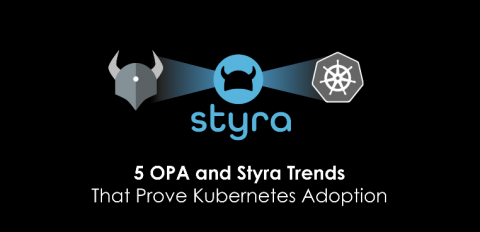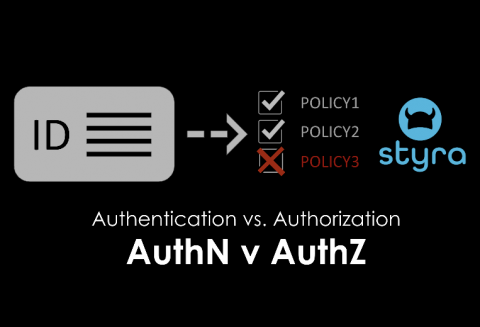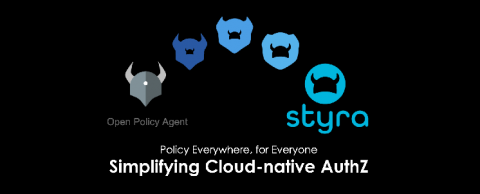2021 Predictions: The Year that Cloud-Native Transforms the IT Core
Continued Kubernetes adoption, unified authorization, DevSecOps redefined, open source dominance and more key changes for the enterprise Amid a year of unprecedented global change, it may seem incautious at best to make confident predictions about the future of cloud-native business. However, there are strong indications of the trends that 2021 will hold — precisely because they are predicated on significant enterprise change.


